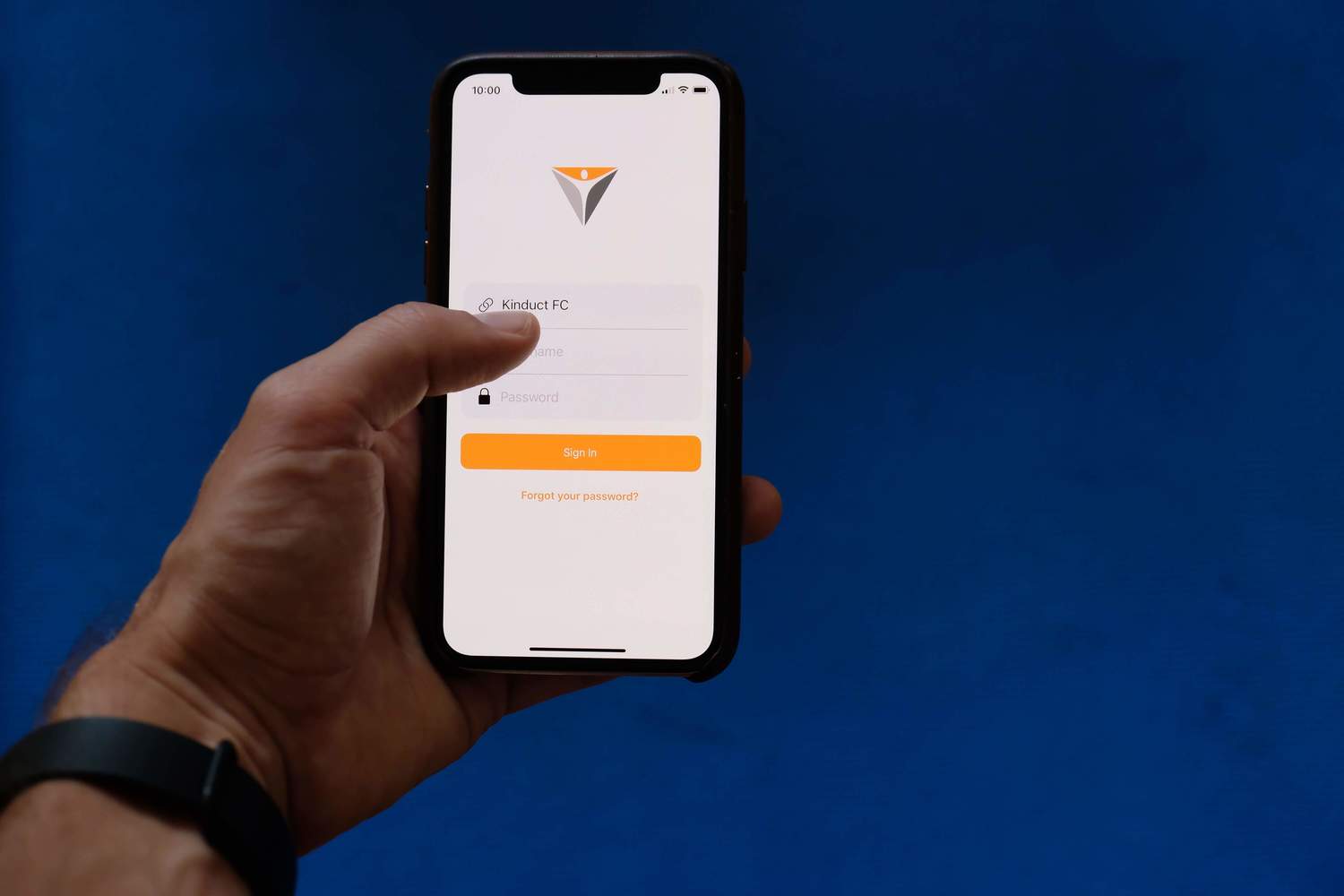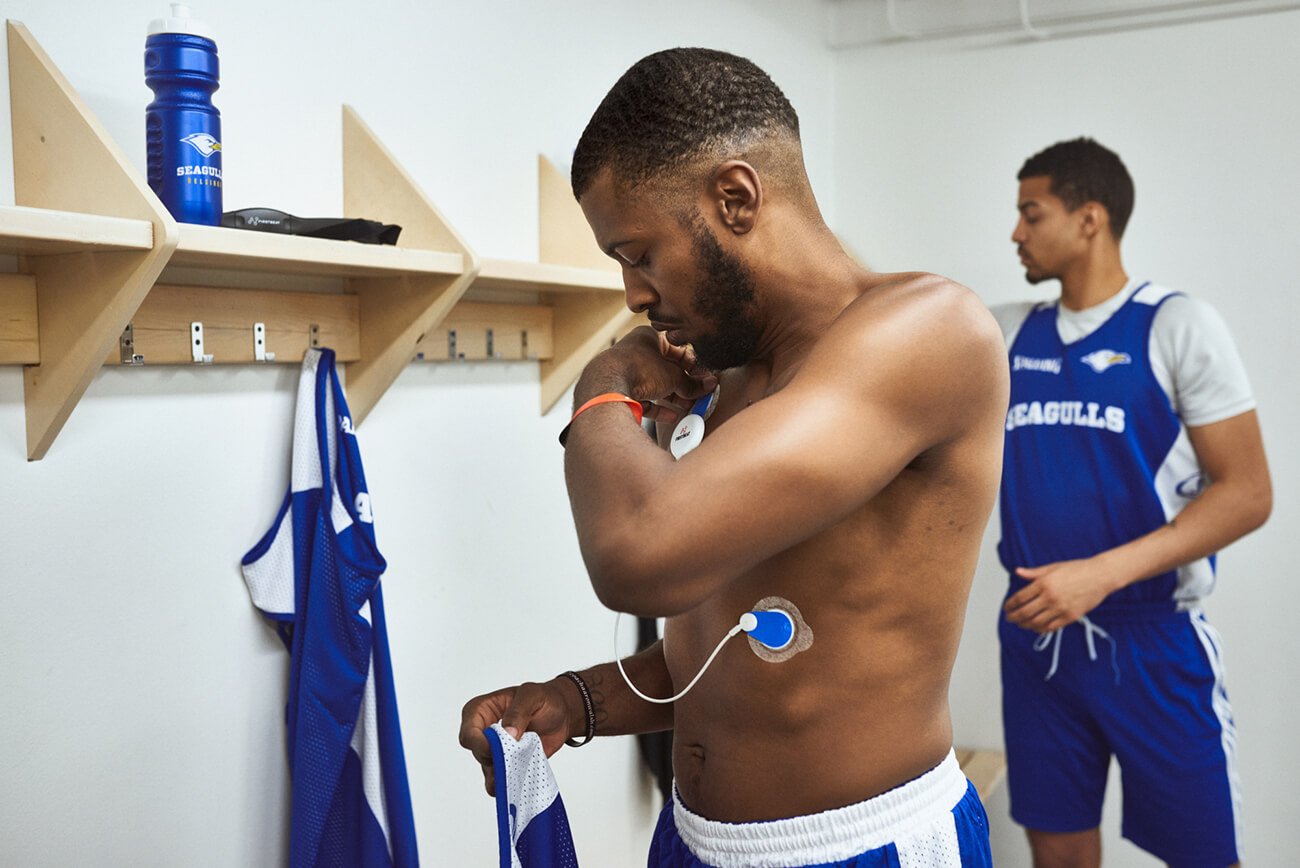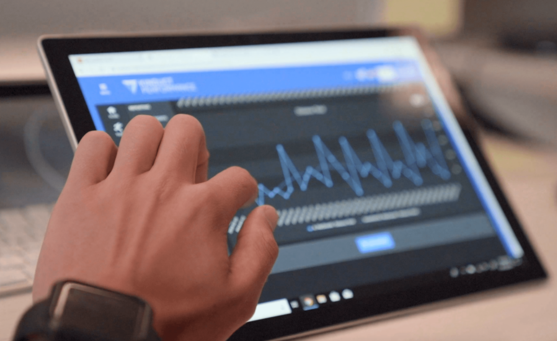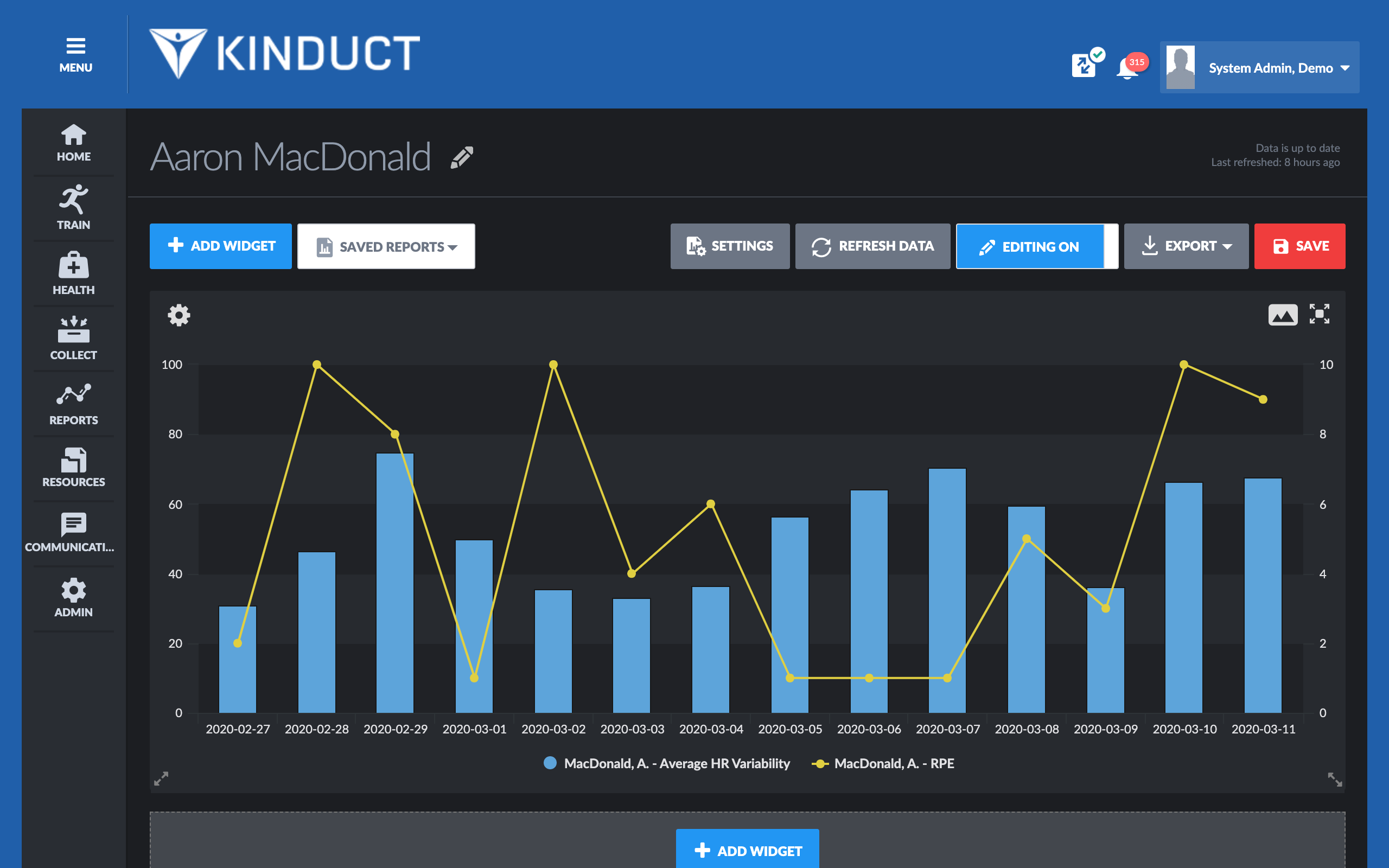Integrating technology such as wearables, EMRs, and other devices with an Athlete Management System can provide professionals working in the health and performance industry with a multitude of value. Saving time, formatting readily-available data sets, and combining both performance and medical data are all reasons why an Athlete Management System (sometimes referred to as Human Performance Platforms or Performance Intelligence Systems) have become an integral part of athletic, medical, tactical, and other human performance organizations.

One of the clearest value-adds is time saved, as the technology integration (activated, for instance, through a self-serve API connections module) produces automated pulls of data from the source (i.e. data from a GPS device directly populating a clean, shareable report in your Athlete Management System with the click of a button). Thanks to the ability to pull data from desired sources at command (or even schedule those pulls to happen automatically), you can spend less time on the intricacies of data management and more time talking to and developing your athletes.

An Athlete Management System like Kinduct also visualizes data. Our platform comes equipped with a number of readily-available reports for integrated technologies, but also gives you the freedom to create your own dashboards and reports as you see fit. Through automating both the compilation and display of your collected data, you can trust that your platform will be populated with the data you need, when you need it. And this includes both medical and performance data for identifying opportunities for improvement and potential risk of injury. Often this data exists in separate silos, which can lead to gaps in not just data but also communication. But with a platform like Kinduct, it’s all one place.

Which leads us to the next point: comparative data. Once available in the platform, data that comes from integrated technology is ready for analysis because it is automatically formatted by the Athlete Management System. You are able to then compare and contrast one data set against another with ease (e.g. GPS and heart rate, or RPE and subjective wellness metrics such as sleep and stress).

With Kinduct, there are over 50 third-party devices and data providers that we can ingest and consolidate data from and this ability to organize data is crucial when it comes to analysis and understanding the cause and effect of your athletes’ status. Relying on insights provided by data that exists in siloed locations requires more effort, but combining it ensures a time efficient process that leaves nothing unearthed. Finally, having both health and performance data in a single location can help expose strengths and weaknesses at both an individual and group level, leading to ways to improve performance and mitigate risk of injury: define benchmarks, inform training and rehab programming, highlight outlying data, inspire meaningful conversations, and more. Key takeaways from this post By integrating your health and performance technology into a single platform, you can:
- Save time
- Compare and visualize data
- Expose strengths and weaknesses
- Inform action
- Streamline communication
Click here to download a PDF of our ready-made integration partner reports.